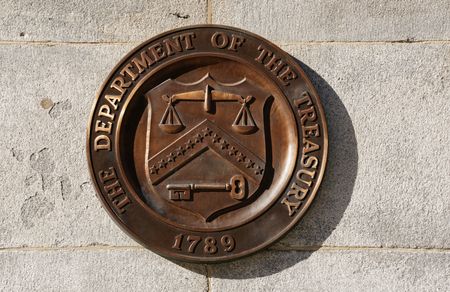By Saqib Iqbal Ahmed and Chibuike Oguh
NEW YORK (Reuters) -The U.S. dollar rose against major currencies including the yen and euro as President Donald Trump rekindled trade tensions with new tariffs on Canada and other trading partners.
Trump issued a letter late on Thursday that said a 35% tariff rate on all imports from Canada would apply from August 1. The European Union was set to receive a letter by Friday.
The U.S. president, whose global wave of tariffs has upended businesses and policymaking, floated a blanket 15% or 20% tariff rate on other countries, a step up from the current 10% baseline rate.
This week he surprised Brazil, which has a trade surplus with the United States, with duties of 50%, and hit copper, pharmaceuticals and semiconductor chips.
“There do appear to be some tariff jitters creeping in once again after Trump floating the blanket tariffs yesterday,” Michael Brown, market analyst at online broker Pepperstone in London, said.
“Overall the moves that we have seen in the FX space are relatively contained, and recent ranges seem to still be respected for the time being,” he added.
The U.S. dollar was up 0.79% to 147.4 against the Japanese yen, on track to add nearly 2% for the week – the biggest weekly gain since early December. It was flat against the Swiss franc at 0.79695 franc.
The euro was 0.1% lower at $1.1688, after Trump said the European Union could receive a letter on tariff rates by Friday, throwing into question the progress of Brussels’ trade talks with Washington. Against the yen, the dollar was up 0.6% to 147.05 yen.
The Canadian dollar weakened against its U.S. counterpart and was down 0.11% at C$1.3672, following a knee-jerk fall of more than 0.5% after Trump unveiled the tariff rate. The Brazilian real was 0.26% lower against the dollar.
The market reaction to the slew of new tariffs has been largely muted compared to the manic sell-off that followed April’s “Liberation Day” announcement, but investors remain on edge over the future of global trade and whether the August 1 deadline is final.
While the resurgence of tariff worries was helping support the buck, some traders remained sceptical about the medium-term outlook for the U.S. currency which has come under severe selling pressure this year.
“My base case remains for a slow but steady USD depreciation over the medium-term, but we have clearly already fallen a long way, in a short space of time, so there is scope for a bit of a rebound, especially if some of the more recent USD shorts begin to get squeezed,” Pepperstone’s Brown said.
Also supporting the dollar were data suggesting labour market resilience and minutes from the Federal Reserve’s latest policy meeting that tempered market expectations for imminent interest rate cuts.
The dollar index is down nearly 10% so far this year, on worries that data could soon reflect more widely the damage U.S. policies have had on the world’s largest economy. It rose 0.28% to 97.85, on track to notch a weekly gain and snap two consecutive weeks of losses.
“USD/CAD has kept most of its gains after a meaningful knee-jerk rally on the announcement, but with those gains coming from the Dollar leg, with cross/CAD generally close to flat versus pre-announcement,” Goldman Sachs analysts led by Stuart Jenkins said in an investor note.
Elsewhere, sterling was down 0.54% at a two-week low at $1.35050, as data showed Britain’s economy contracted unexpectedly for a second month running in May.
Cryptocurrencies saw a boost, driven by institutional investor demand and crypto-friendly U.S. policies. Bitcoin advanced 3.7% and scaled yet another record high of $118,832, while ethereum jumped 5.9% to $2,987.15
“The … new record reflects the resilience of global risk appetite even in the face of Trump tariffs, as well as high optimism over U.S. legislative proposals,” DBS FX and credit strategist Chang Wei Liang said.
He was referring to measures the U.S. House is set to advance in its upcoming ‘Crypto Week’.
(Reporting by Saqib Iqbal Ahmed and Chibuike Oguh in New York, Rae Wee and Johann M Cherian; Editing by Christopher Cushing, Clarence Fernandez, Joe Bavier, Andrew Heavens and Diane Craft)









